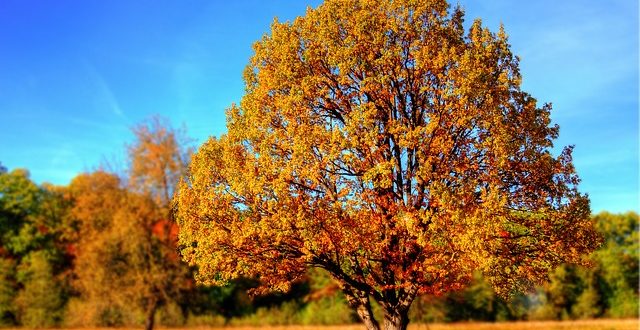Energy Efficiency Tips For Fall
Fall is a season of change: children go back to school, football returns, and the very world around us changes, as the summer heat fades away and trees slowly begin shedding their leaves.
Fall also brings necessary changes to your home’s energy efficiency strategy. Leaving us stuck between the need for an air conditioner and a heater, autumn brings with it many unique challenges when it comes to saving energy around your home. Here are some great ideas for keeping your energy costs in check during this fall season!
- As you might other times of the year, adjust your thermostat’s temperature to achieve the best possible heating and energy saving opportunities. A good rule of thumb to follow is letting your thermostat rest at 68 degrees Fahrenheit when you are at home, then adjust it as needed when you are out of your house or sleeping.
You can easily make these changes, and gain insights into what temperatures will provide you with the most savings, by installing a programmable thermostat in your home. Click here to learn more about how programmable thermostats can save you money on your heating bills!
- If you use a fireplace for supplemental heat, make sure that you are using heat-retaining features to reduce the amount of heat you waste. Also, be aware that your fireplace should be closed whenever it is not in use, as cold air from outside can easily seep in through your fireplace.
- As we’ve written about before, insulation is very important for keeping your energy costs stable during the changing seasons.
- If you have a screen door, replace it with a glass door during the fall. Screen doors are great during the spring and summer, as they allow you to keep your main door open and increase the airflow into your home, but this is undesirable during the fall and winter. Instead, a glass door will retain heat better, as well as letting in sunlight for some additional warmth.
- When designing your home (or looking for a new home), keep this best practice in mind: ideally, your water heater will be as close as possible to the kitchen, laundry room, and bathrooms. This increases your energy efficiency by limiting the distance that hot water has to travel to get to your appliances and faucets—you’ll use much less water waiting for it to heat up!
Do you want to learn more about fall energy efficiency tips? Here is some further reading on the topic!


Great energy saving tips here for the fall. Taking care of any insulation problems is a good way to cut back on the frequency that your heater has to turn on. Thanks so much for the advice!